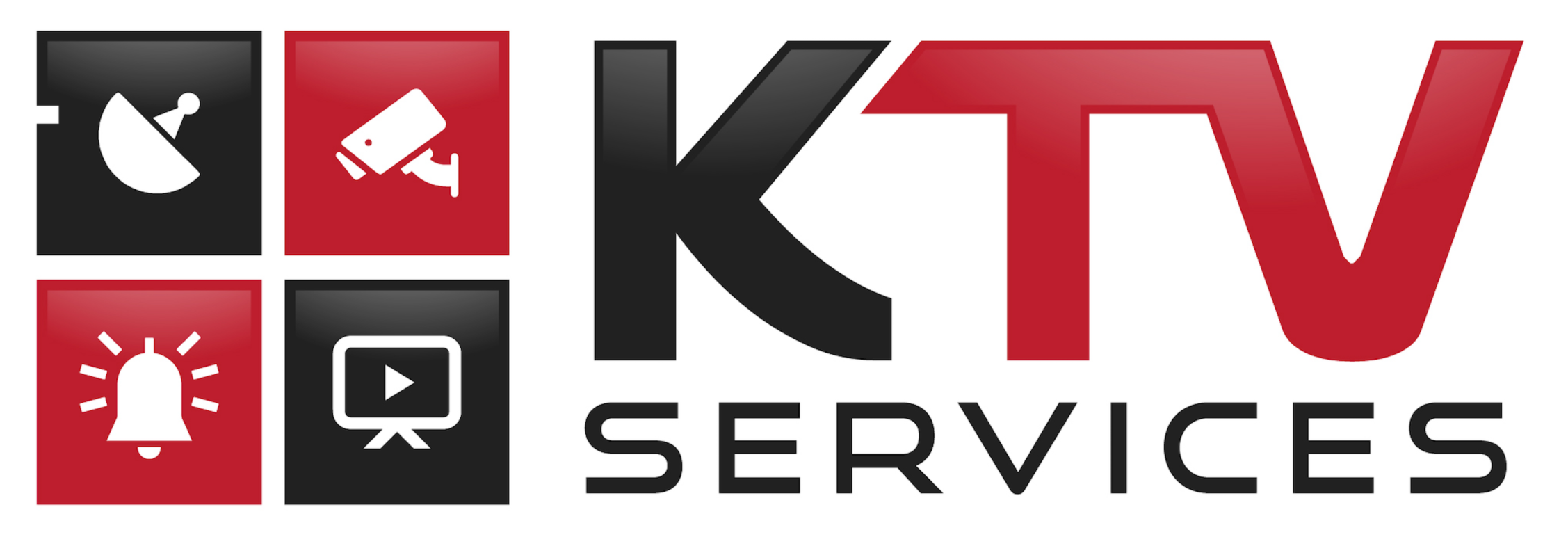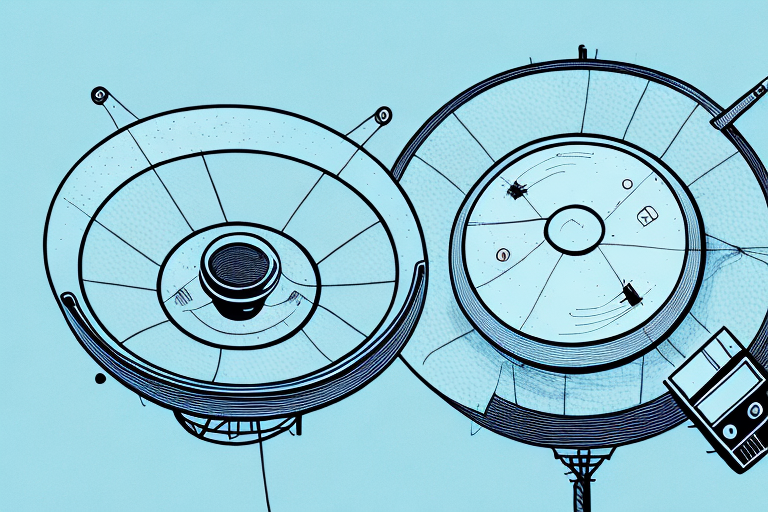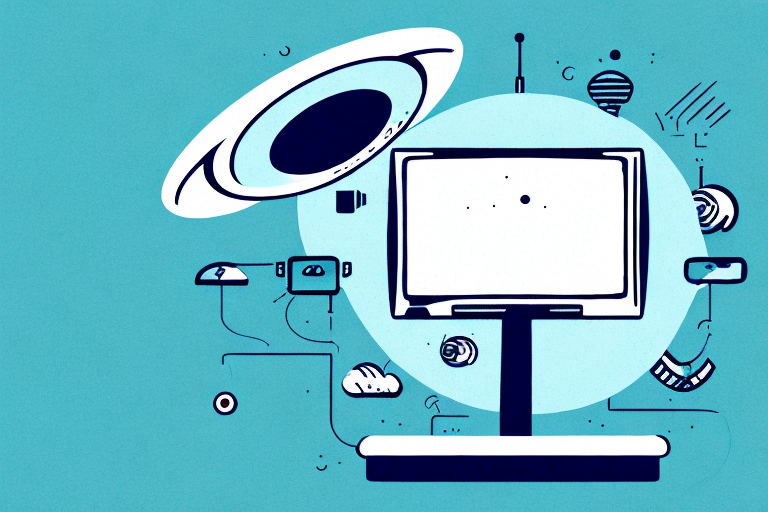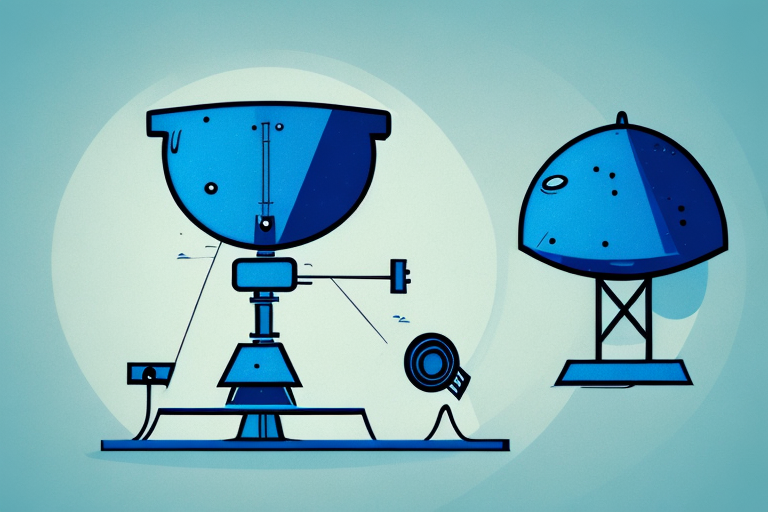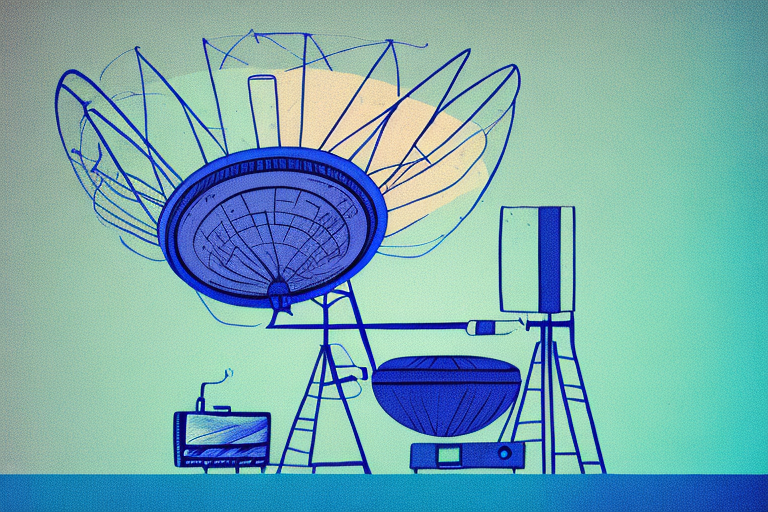Freeview is a popular option for those who are looking for free-to-air television channels in the United Kingdom. But what if you already have a satellite dish installed and you’re wondering if you can use it for Freeview? In this article, we’ll answer that question and provide you with all the information you need to know about Freeview and satellite TV.
Understanding Freeview and Satellite TV
What is Freeview?
Freeview is a digital TV service that provides free-to-air television channels without requiring any subscription. It is delivered through a television aerial and provides access to a variety of channels, including BBC, ITV, Channel 4, and more. Freeview was launched in 2002 and is available across the United Kingdom.
One of the great things about Freeview is that it provides access to a range of high definition channels, including BBC One HD, ITV HD, and Channel 4 HD. This means that viewers can enjoy their favourite shows and movies in stunning high definition, providing a more immersive viewing experience.
Another benefit of Freeview is that it provides access to a range of interactive services, such as digital text and electronic program guides. These services make it easier for viewers to find and navigate their favourite channels and programs.
How does Satellite TV work?
Satellite TV, on the other hand, is a paid service that provides access to a wide range of television channels through a satellite dish. Satellite TV is an option for those who live in areas where television reception through a TV aerial is not possible. It requires a set-top box or a decoder to receive the signals from the satellite.
One of the benefits of satellite TV is that it provides access to a wider range of channels than Freeview. This includes channels from around the world, as well as premium channels that are not available on Freeview.
Another advantage of satellite TV is that it provides a more reliable signal than Freeview. This is because the signal is transmitted directly from the satellite to the receiver, rather than being affected by factors such as weather or interference from other electronic devices.
However, satellite TV does come with some disadvantages. It can be more expensive than Freeview, and there may be additional costs for installation and equipment. Additionally, viewers may experience signal loss during heavy rain or snow, which can be frustrating for those trying to watch their favourite shows.
Overall, both Freeview and satellite TV offer unique benefits and drawbacks. The choice between the two will depend on individual preferences and circumstances, such as location and budget.
Differences between Freeview and Satellite TV
When it comes to choosing between Freeview and satellite TV, there are a few key differences to consider. In this article, we’ll go over some of the main factors to help you make an informed decision.
Signal reception
One of the main differences between Freeview and satellite TV is the way in which they receive their signals. Freeview requires a TV aerial to receive the signals, while satellite TV requires a satellite dish. If you already have a satellite dish installed, you might wonder if you can use it for Freeview. The answer is: it depends. While some satellite dishes can be used for Freeview, it’s important to check with your provider to see if your specific dish is compatible.
It’s also worth noting that the quality of your signal can depend on a number of factors, including your location and the weather. In areas with poor reception, you may need to invest in a higher-quality aerial or dish to ensure you can receive a clear signal.
Channel availability
Another key factor to consider when choosing between Freeview and satellite TV is the number of channels available. Freeview provides access to around 70 television channels, including popular channels like BBC, ITV, and Channel 4. While this may be sufficient for some viewers, those who want access to a wider range of channels may prefer satellite TV.
Satellite TV offers hundreds of channels, including premium channels like Sky Sports and movies. However, it’s worth noting that many of these channels require a subscription, which can add to the overall cost of your TV service.
Subscription costs
One of the main advantages of Freeview is that it is a free-to-air service that doesn’t require any monthly subscription fees. This can be a great option for those who want access to basic TV channels without any additional costs.
Satellite TV, on the other hand, requires a subscription that can range from £20-£80 per month, depending on the package and provider. While this may seem like a significant expense, it’s worth considering the number of channels and additional features that come with a satellite TV subscription.
Overall, the choice between Freeview and satellite TV will depend on your individual needs and preferences. If you’re happy with a limited number of channels and don’t want to pay any additional costs, Freeview may be the best option for you. However, if you want access to a wider range of channels and are willing to pay a monthly subscription fee, satellite TV may be the better choice.
Using a Satellite Dish for Freeview
Compatibility of satellite dishes with Freeview
Using a satellite dish for Freeview is a great way to access a range of free-to-air channels. However, it’s important to ensure that your satellite dish is compatible with Freeview. You need to make sure that your dish is pointing at the same satellite as the one used by Freeview – which is the Astra 28.2E satellite – and that it is a single LNB (Low Noise Block) dish. If your dish is a multi-LNB dish, it might not be compatible with Freeview.
It’s also worth noting that not all satellite dishes are created equal. Some older dishes may not be able to receive the high-frequency signals used by Freeview, meaning that you won’t be able to access all the channels.
Necessary equipment and setup
If you’re thinking of using a satellite dish for Freeview, you’ll need a few things to get started. Firstly, you’ll need a Freeview-compatible receiver or set-top box. This will allow you to decode the signals received by your satellite dish and display them on your TV.
You’ll also need a suitable cable to connect your receiver or set-top box to your satellite dish. This is usually a coaxial cable, which is designed to carry high-frequency signals with minimal interference.
Once you have your equipment, you’ll need to set up your satellite dish. This can be a bit fiddly, so it’s worth consulting a professional if you’re not familiar with dish installation. They’ll be able to help you ensure that your dish is correctly aligned and that you’re getting the best possible signal strength.
Potential challenges and limitations
While using a satellite dish for Freeview can be a great way to access free-to-air TV, it’s worth noting that there are some limitations and challenges to be aware of.
Firstly, as mentioned earlier, not all satellite dishes are compatible with Freeview. Even if you have a compatible dish, the signal strength may vary depending on your location and weather conditions. This can lead to picture break-up or loss of signal, which can be frustrating.
Additionally, you won’t have access to all the channels available on Freeview. Some channels are not available through satellite TV, so you may find that your viewing options are more limited than if you were using a traditional aerial.
Despite these challenges, using a satellite dish for Freeview can be a great way to access a range of free-to-air channels. Just make sure that you have the right equipment and that your dish is correctly set up to ensure the best possible viewing experience.
Alternative options for Freeview reception
Indoor and outdoor TV antennas
Indoor and outdoor TV antennas are an alternative option for Freeview reception. An indoor TV antenna can be a compact and cost-effective solution, but the signal might be weaker than outdoor antennas. If you live in an area with strong signal coverage, an indoor antenna might be sufficient. However, if you live in an area with weak signal coverage, you might need to consider an outdoor antenna.
Outdoor TV antennas provide stronger signals but can be more expensive and require professional installation. They are typically mounted on a roof or a high pole to capture the best signal possible. If you choose an outdoor antenna, it’s important to consider the weather conditions in your area and choose a durable antenna that can withstand wind, rain, and snow.
You can find indoor and outdoor TV antennas in electronic stores or online retailers. When choosing an antenna, make sure to check the compatibility with your TV and the signal coverage in your area.
Freeview Play and streaming services
Freeview Play is a hybrid service that provides access to Freeview channels and on-demand content through a compatible set-top box or TV. It requires a broadband connection and provides access to catch-up TV, streaming services and more. With Freeview Play, you can enjoy your favourite TV shows and movies on demand, without the need for a separate streaming service subscription.
Alternatively, you can subscribe to streaming services like Netflix or Amazon Prime Video that offer a wide range of TV shows and movies, as well as original content. These services require a monthly subscription fee, but they offer a vast library of content that you can access anytime, anywhere, on any device with an internet connection.
When choosing a streaming service, it’s important to consider the content library, the quality of the streaming, and the compatibility with your devices. Some streaming services offer a free trial period, so you can test the service before committing to a subscription.
Cable TV providers offering Freeview channels
Finally, some cable TV providers offer Freeview channels as part of their package. If you prefer to have a cable TV service, this might be a good option for you. However, it’s important to note that cable TV providers might charge additional fees for Freeview channels and might not offer as many channels as Freeview or satellite TV.
When choosing a cable TV provider, make sure to check the availability in your area, the channel lineup, and the pricing. Some cable TV providers offer bundle packages that include internet and phone services, which can save you money in the long run.
Overall, there are many alternative options for Freeview reception, each with its own advantages and disadvantages. By considering your needs, budget, and location, you can choose the option that works best for you.
Conclusion
If you’re wondering if you can use a satellite dish for Freeview, the answer is yes, but only if it is compatible with Freeview and correctly set up. Alternatively, you can consider other options for Freeview reception, such as indoor or outdoor TV antennas, streaming services, or cable TV providers that offer Freeview channels. We hope this article has provided you with the information you need to make an informed decision about your TV service.
